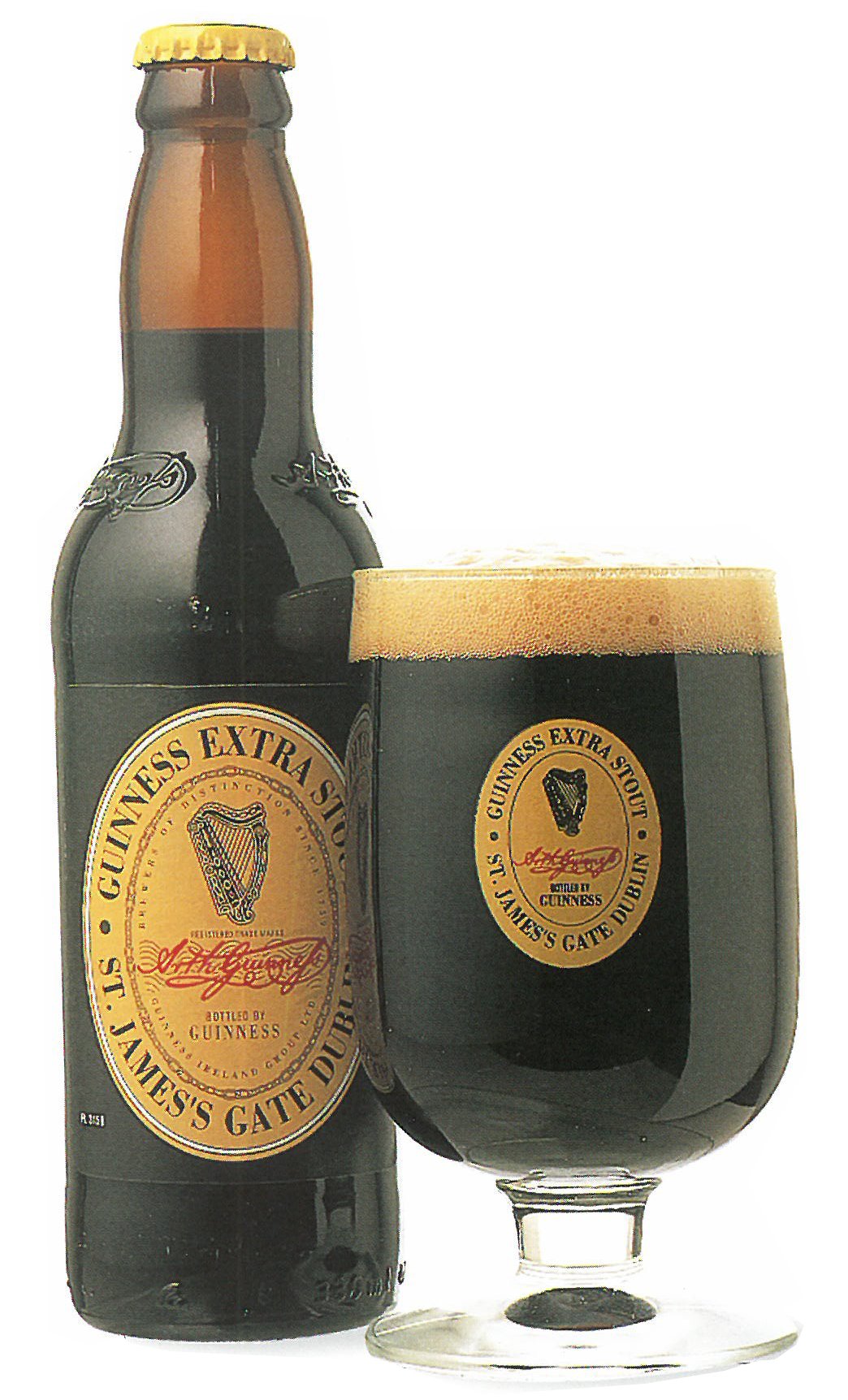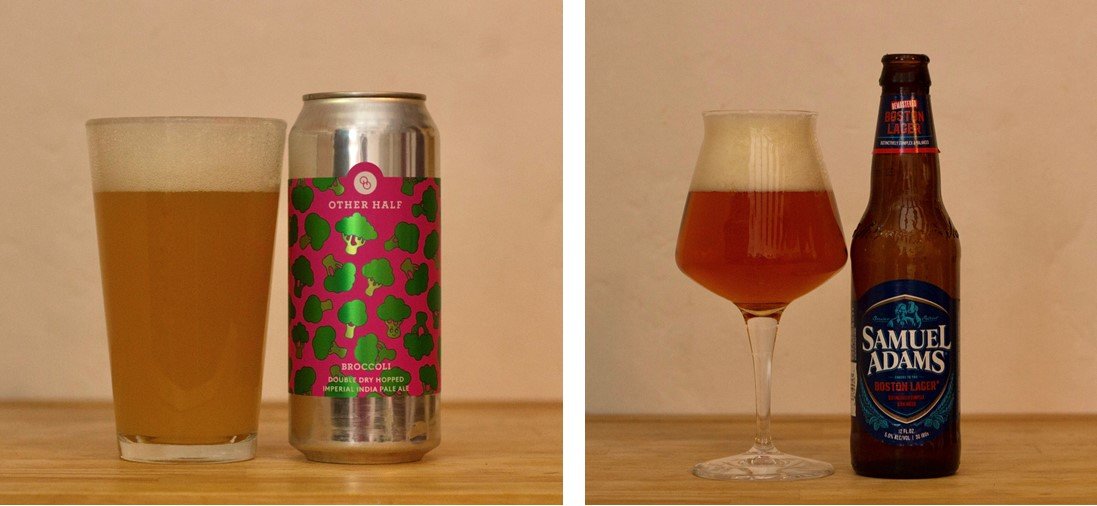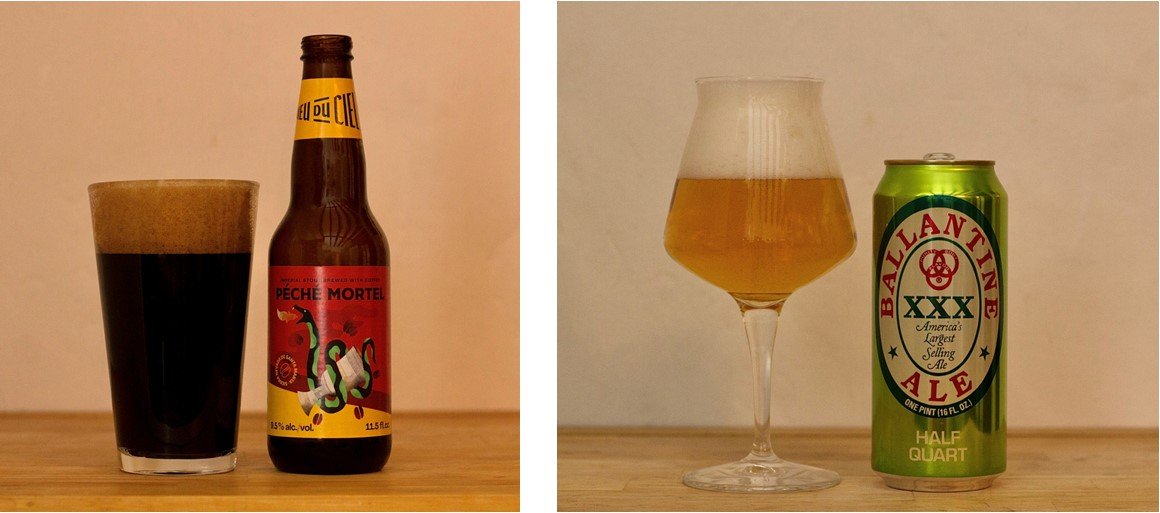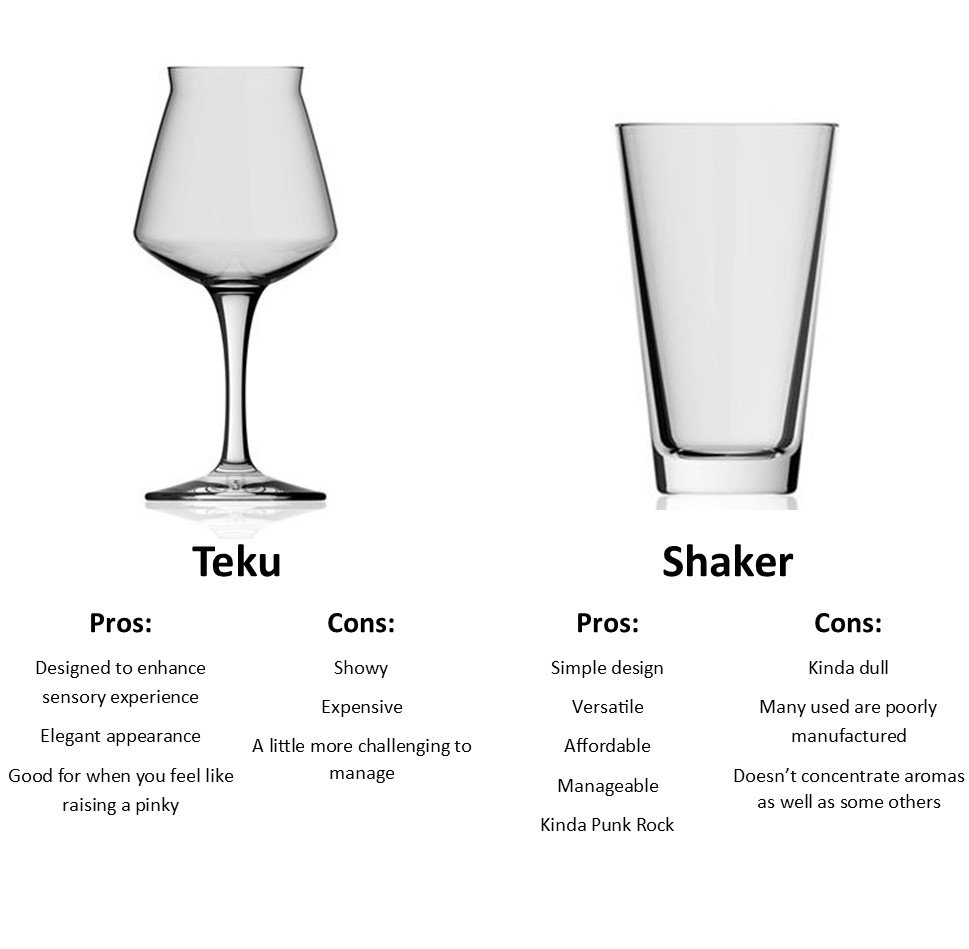An earlier post had me flipping through an old book that brings up memories that are a bit nostalgic now. And though I’ve had Michael Jackson’s Great Beer Guide for around twenty years, it still fascinates me. I thought it would be fun to share some of my favorite drinkware from the book.
Published in 2000, the Great Beer Guide is a fantastic book and offers a nice snapshot of what the beer world was like at the time. It does this by offering a brief overview of 500 beers from around the world.
While many think of the United States beer culture as still being in the dark ages in the year 2000, there’s an impressive number of beers from the States represented in the book. Though Jackson may have been a bit polite in some cases, there are many that are or were, excellent.
In addition to the 500 brews, the book also provides some other thoughts about beer that he explores in greater detail in some of his other works like Ultimate Beer. This sharing of similar content may be because both of these books in particular were published by DK.
Though there are many iconic vessels in the book that I appreciate (Tripel Karmeliet, for example), I decided to share some less obvious examples here.
Enough of the background. Here they are.
Berliner Bürgerbräu and Dock Street
With their colored handles, these glasses give a little flair to glassware that you don’t find these days in the beer world. Though there are very slight differences, these two are incredibly similar in shape, which is also something I appreciate.
Jackson explains that in the case of Bürgerbräu, the red handle was used for their Export lager, and customers would order a “robin redbreast” (Rotkehlchen, in German, which is actually the name of this particular beer.)
It would be cool to see breweries/manufacturers experimenting with colored glassware again. Perhaps gold or silver handles with a matching rim.
Fraoch And Grozet
Though these are not my favorite looking vessels, I greatly appreciate the use of materials (ceramic and leather) and forms that were in widespread use before the proliferation of glass. Outside of Bavaria, few beer drinking cultures were still using non-glass drinking vessels once glass became cheap and readily available.
Both of these brands are produced by Williams Bros. Brewing Company in Scotland (Alba Scots Pine Ale is another beer of theirs featured in the book.)
Fullers and Jennings
These mugs have a presence that are at the same time sophisticated and substantial. They just seem to command respect. Though the lack of curvature is not ideal, there’s something about them that draws me in.
Guinness
There’s nothing wrong with the classic tulip Guinness pint glass, but this stout pokal/goblet is a bit cooler looking and is a little more unique, which an iconic beer deserves. Guinness still sells a glass in a similar design, but I like the one in Jackson’s book better.
Hoepfner
I like the artwork on this glass and also the nonic-ish bump.
Königsbacher
Having a first and last name beginning with a K, I’m drawn in by this glass’ K stem. It’s surprising we don’t see stuff like this more often.
Mitchell’s
I don’t know why, but I was always fascinated by these plastic bottles in my early years of beer nerdom. And yes, this post is about drinkware, but I feel this is worth mentioning here.
I always kept an eye out for these bottles not realizing that there was zero chance of me ever finding them in a store where I lived. Though that’s the main reason I’m mentioning Mitchell’s, the branded glassware depicted with the beer is very nice.
Okocim
This Polish beer is depicted with the book’s only Tübinger. Not just any old Tübinger, but one with a lid (called a Zinndeckel in German). Not sure we need more of these, but still pretty cool.
St. Georgen Bräu
I’m admittedly a sucker for St. Georgen Bräu, and I love drinking it out of a stein in particular. In this case, the shape and artwork all click for me. I’d love to get my hands on one of these.
Other observationS From the book
- Black Sheep of the UK and Domus of Belgium have beers depicted in Weizen glasses.
- The book is short on dimple mugs, particularly the Czech-style Tübinger (there’s just the Okocim) and British Dimple pots (there are none).
- Despite the American notion that nonics are the ubiquitous UK beer glass, there are very few in the book. They include Fuller’s (for a different beer than above) and Woodforde (though there are a couple other nonics that are unbranded).
Most UK/Irish glasses are presented in tulip pints and shakers (aka, conicals.) This includes Adnams, Bank’s, Beamish, Cobbold, Greene King, Murphy’s, Pitfields, Sam Smiths, and Ushers for the former, and Bass, Batemans, Cain’s, Caledonian (Scotland), Charles Wells, Eldridge Pope, Highgate & Walsall, Hopback, King and Barnes, Marston’s, Shepherd Neame, Youngs for the latter.
- Of course, a significant number of US breweries are presented in shakers including the following: Alaskan, Anchor, Bert Grants, Fish Tale Ales, Geary’s, Great Lakes, Hale’s, Independence, Magic Hat, North Coast, Odell, Oliver, Portland, Pyramid, Red Hook, Rogue, Sierra Nevada, Southampton, and Tabernash.
- Malt Shovel from Australia is in a shaker as is Haecht from Belgium. Though it may seem odd for a Belgian brewery to be featured in a shaker, it is classed up with a gold rim.
- There are a good amount of pokals in the book, including Ayinger, Bacchus, Bitburger, and Harvey’s.
- There are also lots of Willibechers, including Alfa and Brand from the Netherlands, Cristal from Belgium, Flatlanders, Gordon Biersch and Penn from the US, and Gambrinus from Czechia.
I’m curious what a 2023 edition of this book would look like. Probably a lot more British and Czech-style dimple mugs, Tekus, and snifter/tulip style glasses. What are some of your favorite examples of brewery drinkware past or present?


















